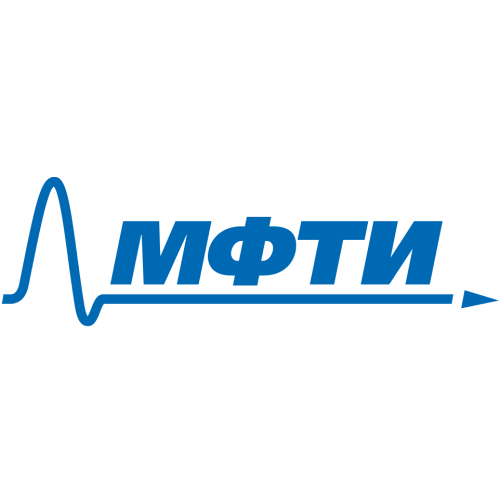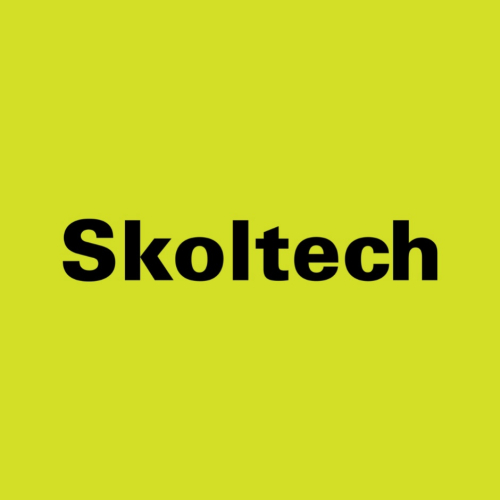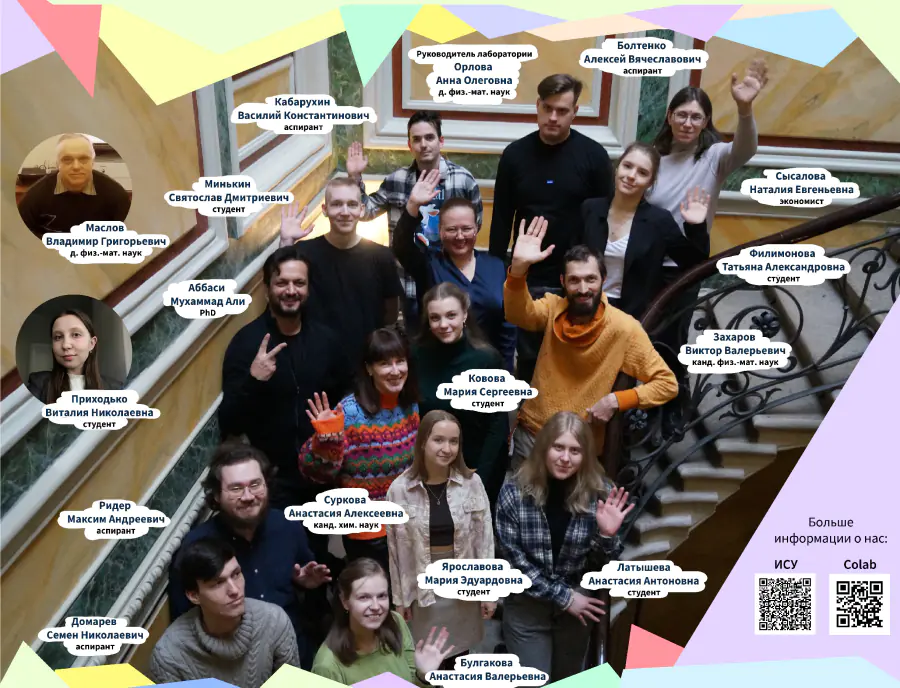
Laboratory staff synthesize nanostructured materials to study their properties for further application in the fields of sensorics and theranostics. In particular, molecular and nanostructured generators of reactive oxygen species (ROS) are being developed and studied in the laboratory. An experimental and theoretical study of the effect of low-frequency low-intensity ultrasound on the optical and photochemical properties of ROS generators is also being conducted. Another area of the laboratory is the development and research of magnetic nanoparticles and magneto–luminescent nanocomposites based on luminescent quantum semiconductor systems and carbon dots. The laboratory is also developing and researching luminescent hybrid nanostructures based on graphene and quantum dots for sensors. Circular dichroism spectroscopy and magnetic circular dichroism spectroscopy are used to study the electronic transitions of nanostructured materials and polyatomic molecules. Confocal laser microscopy with stationary and time resolution is actively used in the laboratory to study nanoparticles and hybrid materials based on them, as well as to create holographic diffraction and sensor elements.
- Absorption spectroscopy
- Luminescence
- Luminescence lifetime
- Scanning electron microscopy (SEM)
- Confocal microscopy
- IR spectroscopy
- Circular dichroism spectroscopy
- Dynamic light scattering (DLS)







Research directions
In situ growth of metal oxide nanostructures on a 2D matrix for advanced photocatalytic applications
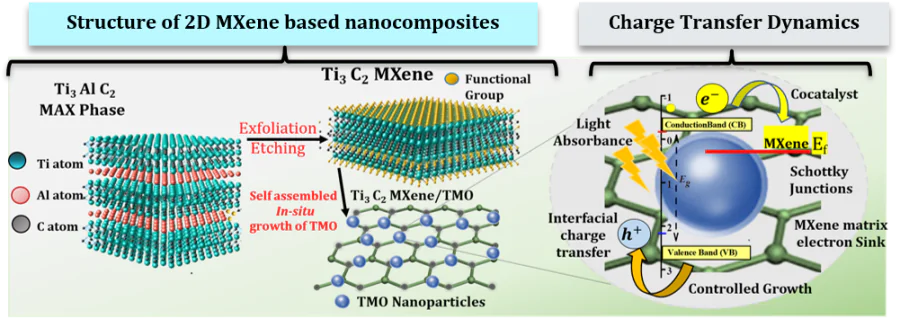
Photoactivatable nanocomposite systems for minimally invasive glioblastoma therapy under the control of magnetic resonance imaging
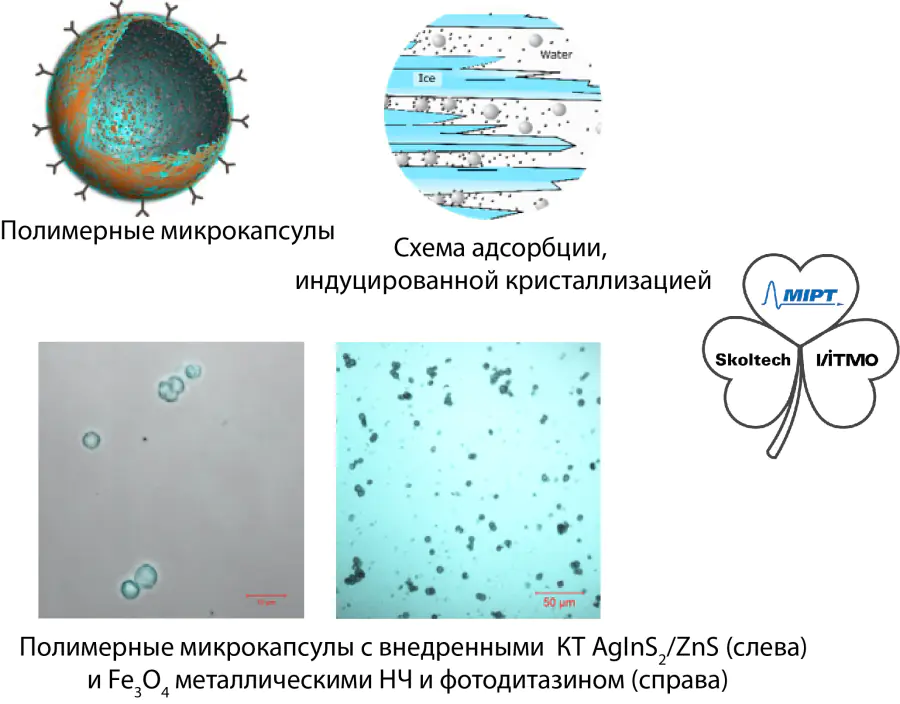
Magnetic luminescent nanocomposites for biomedical applications
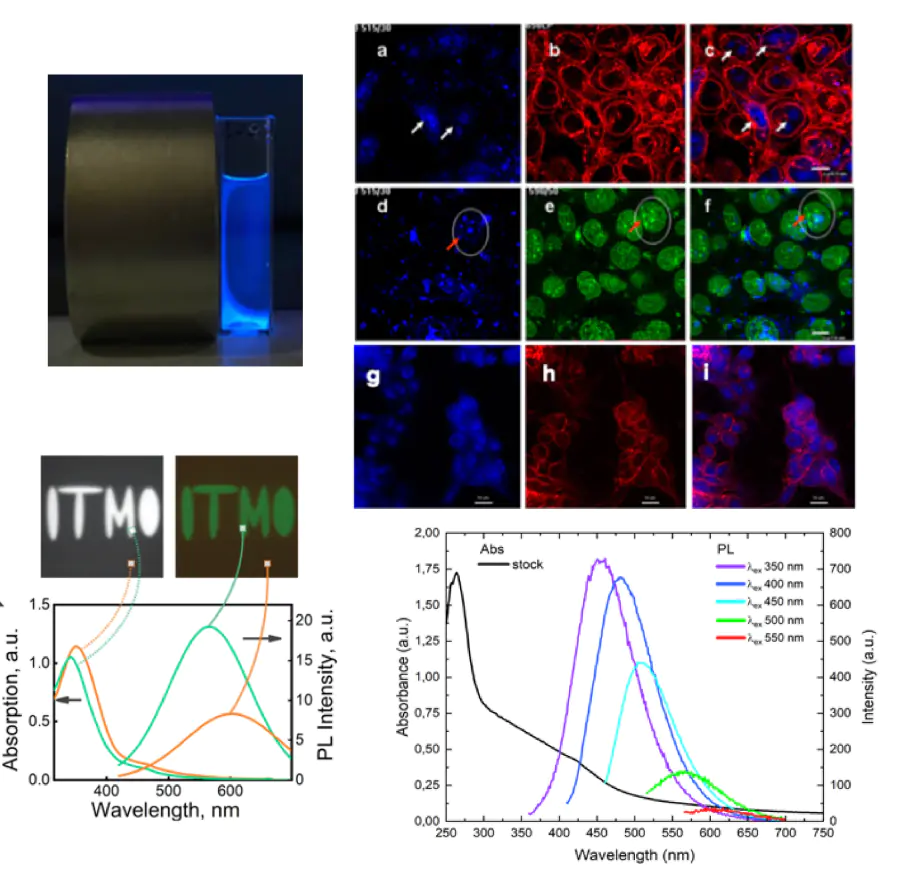
Creation of hybrid structures based on filamentous nanocrystals and carbon dots for nanophotonics elements

Laser microscopy of dynamics of luminescent nanostructures

Spectroscopy of circular and magnetic circular dichroism of nanostructures and composites based on them

Sensors based on hybrid Graphene structures/Quantum dots
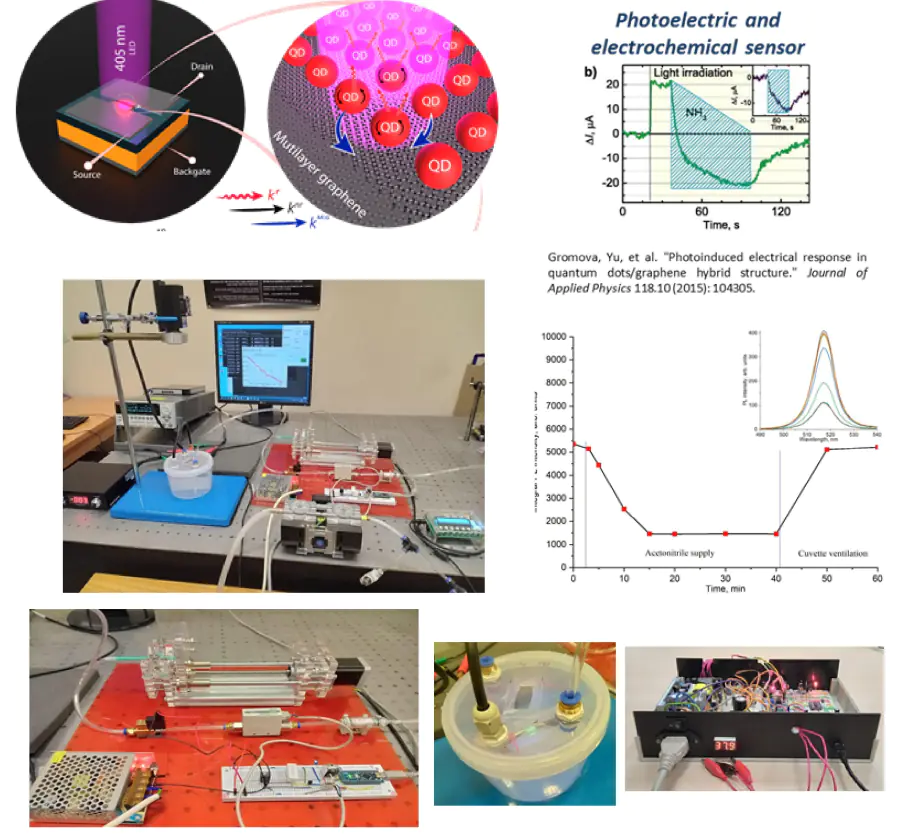
Photo- and sonodynamic therapy of diseases and its main mechanisms

Near-infrared spectroscopy and aquaphotomics in biomedicine: the study of molecular conformations of water in various biological objects







